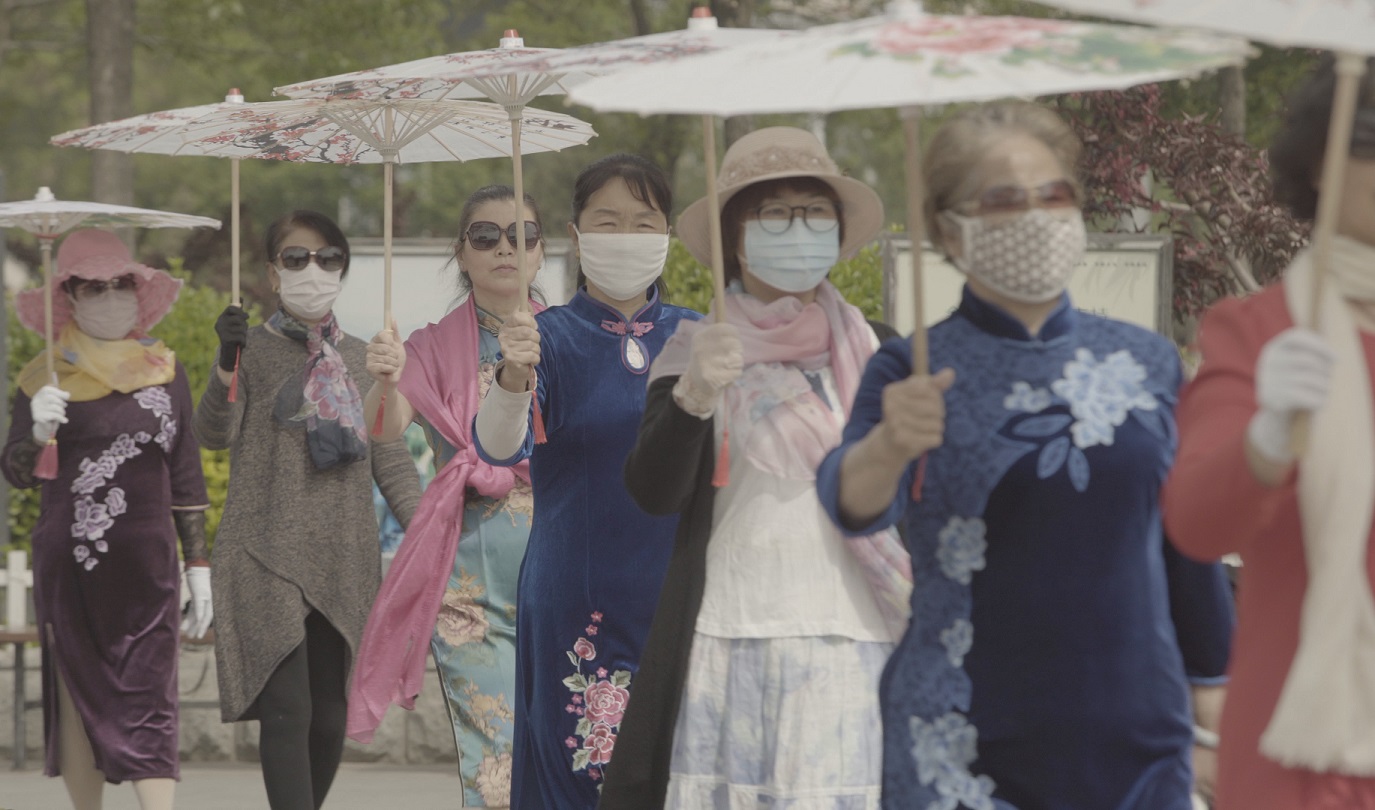It’s no secret that Chinese airwaves are some of the most contaminated in the world. In response, the ruling Communist Party have declared a war on pollution, investing almost as much into renewable energy sources as the rest of the world combined and holding municipal leaders to task over controlling the emissions in their locality.
While this makes indisputably logical sense from a theoretical point of view, the practical repercussions on the country’s most vulnerable citizens are all too often glossed over. Guided by the observational but inobtrusive and unjudgmental hand of director Meng Han, Smog Town uncovers the myriad problems of implementing the strict emissions controls faced by Li Chunyuan, the regional deputy commissioner of Langfang, one of China’s dirtiest cities in terms of air quality.
Like so many things in life, it all boils down to a question of economics and opportunity. The city’s most impoverished residents can’t afford to burn anything other than highly polluting coal, with some of them even going as far as installing a fake gas stove on their premises to conceal their wrongdoing. Thanks to regular inspections conducted by Li, these poor peasants are forced to pay fines they can’t afford and cede their only sources of keeping themselves warm and cooking their food to the authorities, destined to repeat the same old petty transgressions ad infinitum. It’s Sisyphus’s emissions. Sisyphussions.
Of course, there’s more to it than a simple case of the Little Guy being kept down by The Man. While impoverished citizens are backed into a corner by the government’s clean air drive, their crimes do have real world consequences which affect the entire planet in a small but cumulatively significant way. How are Li and his assistant Hu supposed to cope? Especially when members of their own team openly admit on camera that they too burn coal, unable to afford a more sustainable alternative? It’s an impossible situation and one which rarely gains any airtime when politicians take to their soapbox to preach the importance of a green revolution.
Having said that, the film does have drawbacks as a cinematic spectacle. The fly-on-the-wall approach to documenting Li’s work is effective in distancing both him and those he polices from any sort of judgement, but its empiric nature means that the film suffers from a lack of narrative drive. Instead of clear goals or progression, we simply follow “Uncle Smog Buster” (as he is affectionately known by schoolchildren) around for an hour and a half as he uncovers yet more lawbreakers, who themselves identify as nothing more than “rats looking for a hole to hide in”. As such, Smog Town does drag in some places, lacking an impetus that could take it to new places or lead to new revelations.
This last point – the absence of solutions in favour of solely highlighting problems – is another flaw, although it might seem a little unfair to expect filmmakers to solve a global conundrum that has so far stumped the world’s foremost scientific and political minds. Nonetheless, the film’s final curtain comes down on a viewing experience that seems eye-opening yet unsurprising at the same time – and above all, depressing.
Screening as part of Take One Action! Film Festival 2020
